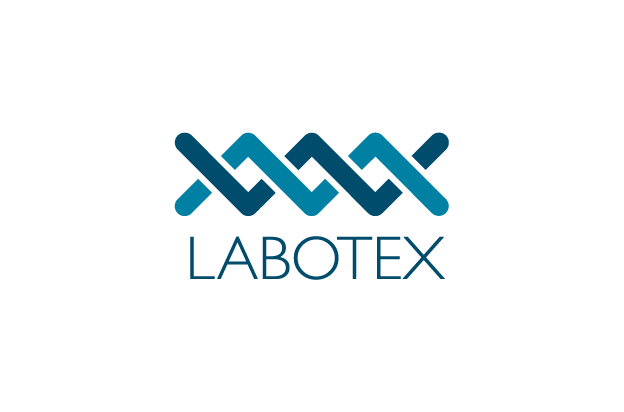QUALITY STANDARDS
OEKO-TEX

OEKO-TEX Standard 100 is an independent testing and certification system for textile products from all stages of production along the textile value chain.
The aim was to make it obvious to consumers that the textile products certified with the label ‘Confidence in Textiles’ had undergone laboratory testing. Textiles with this label are proven to remain below the set limit values for certain harmful substances.
Confidence in Textiles: since 1992 that has been the motto of OEKO-TEX Standard 100, the gold standard for independent testing of fabrics for harmful substances.
The internationally binding test catalogue according to OEKO-TEX Standard 100 is based on scientifically-proven parameters and is revised annually in line with the latest legislation and research. It includes the following:
- Illegal substances such as carcinogenic colorants (causes cancer).
- Legally regulated substances such as heavy metals (lead, mercury, etc.).
- Substances which are known to be harmful to health but not yet regulated /prohibited by law such as pesticides, allergenic dyes (causes allergies).
- Parameters such as colour fastness (lasting colours) and a skin-friendly pH-value (sensitive skin friendly), which are precautionary measures to safeguard consumer health.
Textile ecology consists of 4 sectors:
1. Production ecology
Examines the impact of production processes on people and environment, e.g. occupational health and safety, material, water and energy consumption, waste water and waste treatment as well as generation of dust and noise.
2. Human ecology
Human ecology deals with the impact of textiles and their chemical ingredients on the health and well-being of humans.
3. Performance ecology
Performance ecology comes in at the usage phase of textile products. It examines the environmental impact of washing, cleaning and caring for textiles.
4. Disposal ecology
Analyses the problems connected with disposal, reuse, recycling and removal (thermal recycling or landfill) of textiles.
Textile products may be certified according to OEKO-TEX Standard 100 only if all components meet the required criteria without exception.
The certification is carried out following a written application by the manufacturer to one of the authorised test institutes or official representative offices around the world. The submitted sample materials are tested exclusively at the member institutes in Europe and Japan to ensure a consistently high testing level.
One prerequisite for the awarding of certification is a declaration of conformity by the manufacturer stating the successfully tested textile samples shall correspond at all times with the quality of the products manufactured or sold throughout the 12 month license period.
Another prerequisite for certification are company audits, where auditors from OEKO-TEX test institutes, together with the applying company, examine the company quality assurance and production processes to create the best possible certification conditions and to ensure steady human ecology product quality for the duration of the certification.
LABOTEX

Labotex is an ISO accredited independent laboratory in Belgium which serves innovators in the soft furnishing decorative fabric industry. This means that any test performed in the Labotex laboratory is fully accredited under the ISO standard.
Labotex believes that it is only through an in-depth scientific understanding of the performance and behaviour of fabrics that a consistently high quality can be achieved. Whether your market is local, national or international, Labotex will test your fabrics for you, helping you ensure that your fabrics are always at their best.
Labotex performs a wide range of mechanical tests (including the Martindale and Wyzenbeek tests) according to the strictest standards laid down by leading international organisations. These standards include:
- ISO (International Standard)
- EN (European Standard)
- BS (British Standard)
- IMO (International Maritime Standard)
- ASTM (American Standard)
Both the Martindale (International) and Wyzenbeek (American) tests assess a fabric's resistance to abrasion (scuffing, scratching, wearing down, and rubbing away). These two methods are commonly used to predict durability. Actual performance is determined by many factors, including:
- Fibre content
- Weaves
- Finishes
- Maintenance
- Cleaning
- Usage
Durability of an upholstery fabric is a complex combination of a number of performance tests that, in addition to abrasion, includes seam slippage, piling, tensile strength, and usage.
However, you cannot assume that if a fabric scores 30,000 Wyzenbeek, it will definitely score 40,000 Martindale. That would simply be wrong. The Martindale could be higher or lower: you have to test it to know for certain. For example, with Heavy Duty usage, you might specify 30,000 double rubs Wyzenbeek OR 40,000 cycles Martindale method.